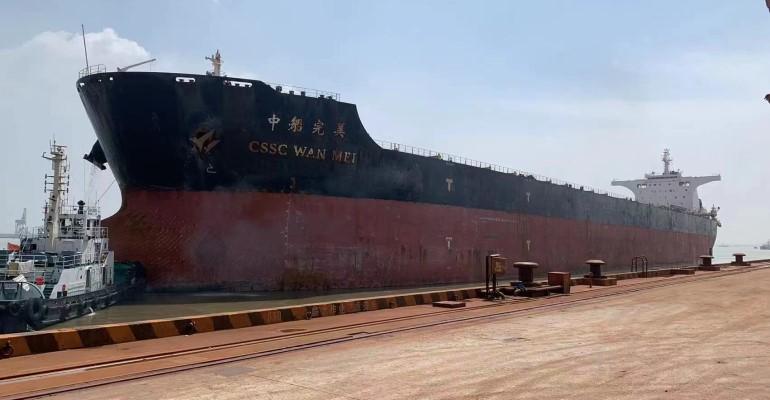The study aims to explore the viability of CCS in meeting 2030 Carbon Intensity Index (CII) targets for existing ships, specifically two types of bulker in the Wah Kwong fleet.
Shanghai Marine Diesel Engine Research Institute subsidiary Qiyao Environ Tec has designed custom CCS units for the Wah Kwong Fleet and submitted drawings for BV to review against safety and carbon emission reduction regulation.
In laboratory testing, the technology hit a carbon capture rate of over 85%, with optimisation ongoing said Qiyao Environ Tec.
The CCS process works by absorbing CO2 from exhaust gases in an organic amine compound solution, desorbing the CO2 solution in a high temperature separation tower, purifying the CO2, and then liquefying it for tank storage.
The companies said further research will be conducted into similar technology for oil tankers.
CCS is a mature technology on land, but is in need of specialisation for marine applications.
Alex Gregg-Smith, Senior Vice President & Chief Executive, North Asia & China, Bureau Veritas Marine & Offshore, commented: “Carbon capture, utilisation and storage (CCUS) technology captured a total of 40m tonnes of CO2 in 2021 according to the International Energy Agency (IEA), notably in industrial projects on shore. This makes CCUS one of the options available today that could significantly contribute to achieve carbon neutrality, as well as a promising avenue for reducing emissions from shipping.”
Copyright © 2024. All rights reserved. Seatrade, a trading name of Informa Markets (UK) Limited.
Add Seatrade Maritime News to your Google News feed.  |

